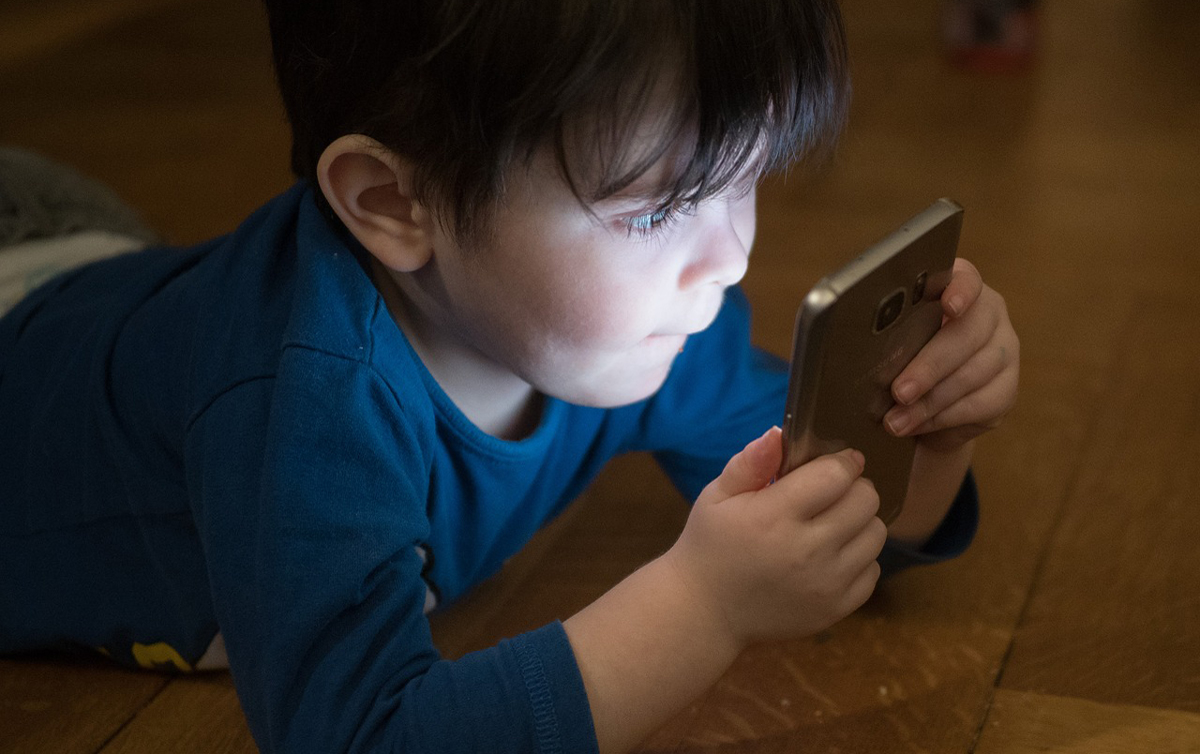
When is enough enough? Consider creative deprivation
By Teresa Hunsaker
The concepts of excess, overindulgence, and overscheduling come to mind this time of year more than ever. In general, there is a trend toward excess in our lives. As a result of overindulgence, kids have come to regard overload as normal, and anything less is boring. In contrast to this is a term coming to the forefront called “creative deprivation.” Parents are coming to understand that kids can have too much of a good thing, so they place limitations on it.
It’s important to consider the messages this behavior sends to our children. When is enough enough, for them and for us?
Consider this checklist of questions:
—Are we spending a disproportionate amount of family income on any one category, like clothing, entertainment, lessons, sports, etc.?
—Are we spending a disproportionate amount of time and energy in sports, screen time, cell phones, or social media? In his book, “The Intentional Family,” William Doherty warns that many families are overscheduled outside the family and underscheduled inside the family.
—As a parent, are you keeping your child from learning age-appropriate developmental tasks by doing things for them or taking care of things for them that they should be learning to do themselves? Examples include picking up their own toys, doing their own laundry, paying for some things with their own money, learning to cook, etc.
A few signs of over indulgence include having trouble learning to delay gratification, giving up being the center of attention, taking personal responsibility or not feeling like it’s always someone else’s fault, knowing what is normal, and being competent in everyday life skills, including self-care and relationship skills.
An example from an article in “The Tightwad Gazette” outlines this concept. On a recent trip to the mall, children ordered junior ice cream cones and consumed them in complete silence, savoring every bite. Many parents, seeing their children appreciate junior cones, would start buying them cones on every trip to the mall. Then, seeing their kids’ enthusiasm waning, would assume they must “wow” them with banana splits. When those no longer produced the desired effect, they would move up to the jumbo deluxe sundaes and on and on until the kids become impossible to please.
When there is diminished appreciation, it is a sign that children have had too much of something. Instead of moving up to the banana splits, we need to instead decrease the frequency of the junior cone. We have habituated a certain level of expectation without appreciation. Another example of this is how frequently many of us go out to eat. It is no longer a treat but becomes the norm.
Here are four rules of creative deprivation to consider this holiday season:
—Limit things your kids don’t need, but do not limit the things they do need, such as good nutrition and parental attention.
—Provide them with creative alternatives to substitute for passive entertainment and “no brainer” play.
—Limit screen time, including cell phones, TV or video time, and gaming. This will decrease the stimulation overload in their lives.
—Set boundaries and provide rules and limits in all aspects of your child’s life.
Maybe it is time for all of us, parents and children, to take a step back and evaluate. Do we need increasingly more expensive gadgets, clothing, vacations, foods, or other stimulating events to keep us happy?
Creative deprivation may be just the ticket. Not only will it save money but the simplification will also reduce stress levels, increase quality of life, and set a good example for our children.
Teresa Hunsaker is a Utah State University Extension family and consumer sciences educator.



